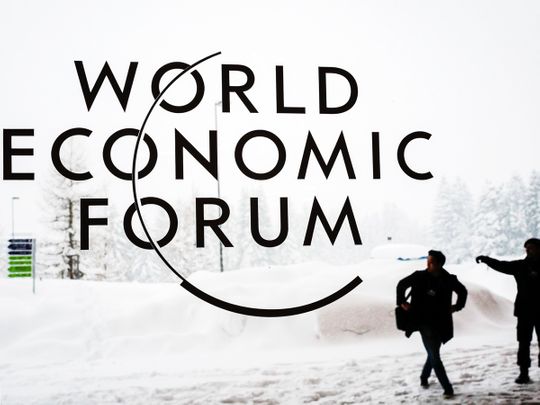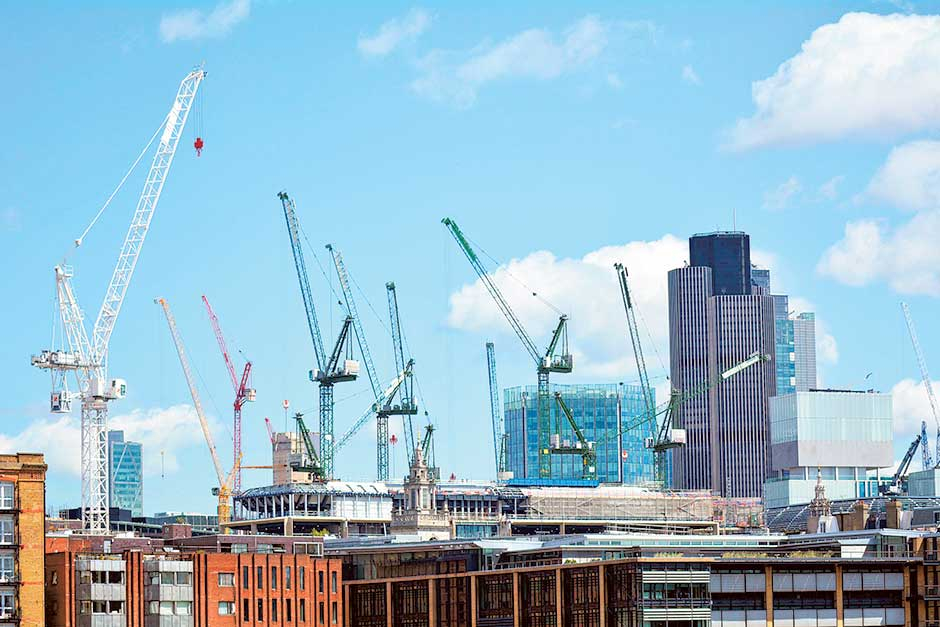
New York (Bloomberg): The “top 1%” is the symbol of wealth and power thanks to a protest movement. Since Occupy Wall Street popularized the term almost a decade ago, inequality has surged, and this exclusive group has only gotten richer and more influential.
Yet the top 1 per cent covers a wide span - from prosperous professionals to billionaires with more wealth than many nations. And the difficulty of making the cut varies greatly depending on where you live.
To join the group in the oil-rich UAE requires more than $900,000, or 12 times more income than in India, a market so populous that the top 1 per cent includes more than 13 million souls. In much of the developed world, an income of $200,000-$300,000 gets you in the top 1 per cent.
In the US, the wealthy have been pulling away from the middle and working classes, whose incomes have barely grown for the past couple of decades. Inequality is widening even within the ranks of the top 1 per cent. While it takes about $500,000 per year to enter the top 1 per cent of Americans, reaching the 0.1 per cent now requires an annual income of more than $2 million.
The threshold for the 0.01 per cent is more than $10 million.
Out with the red carpet
Some countries make special efforts to attract the global 1 per cent. Singapore and Monaco, for example, have turned themselves into tax shelters where the well-off can live and invest under a lighter tax and regulatory burden. Some nations rich in oil and gas can also afford not to tax the top 1 per cent.
In most of the world, though, politicians use taxes to try to level the playing field between the wealthy and everyone else. In many nations with a progressive income tax, the highest rates apply only to the richest portion of the 1 per cent.
Whatever they fancy The rising wealth of the world’s top 1 per cent has prompted a boom in luxury spending, especially in China. McKinsey & Co. estimates spending on personal luxury goods like accessories, jewellery and watches is up 47 per cent since 2012.

Many members of the top 1 per cent have little interest in designer handbags or high-end fashion, of course. Housing, education and child care are far more common expenses for this group, and their costs can vary widely around the world.
A common theme from city to city is a fierce competition for English-speaking international schools, according to Gail Rabasca, executive vice-president at relocation consulting firm Chamness WorldWide, as expatriates fight for spots with local children whose parents “want more competitive educational positioning and intercultural awareness for their children.”
The prices for high-end real estate in major global cities jumped from 2010 to 2018, but growth has slowed more recently, said Liam Bailey, global head of research at Knight Frank. The problem is a backlog of supply and a sense that costs are too inflated, he said.
“There are limits to how high very wealthy individuals will bid prices.”








